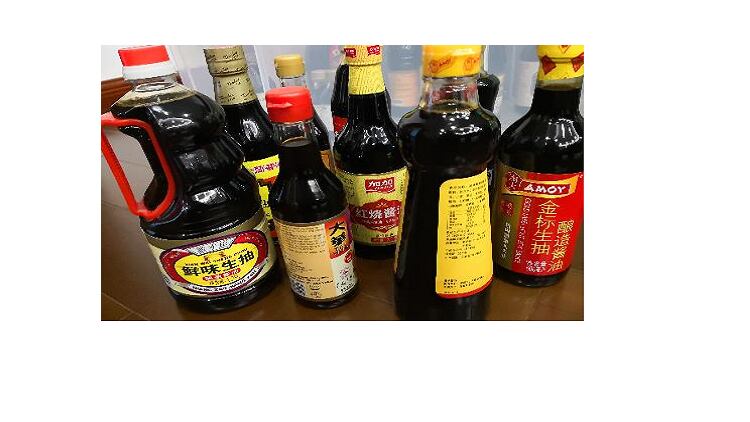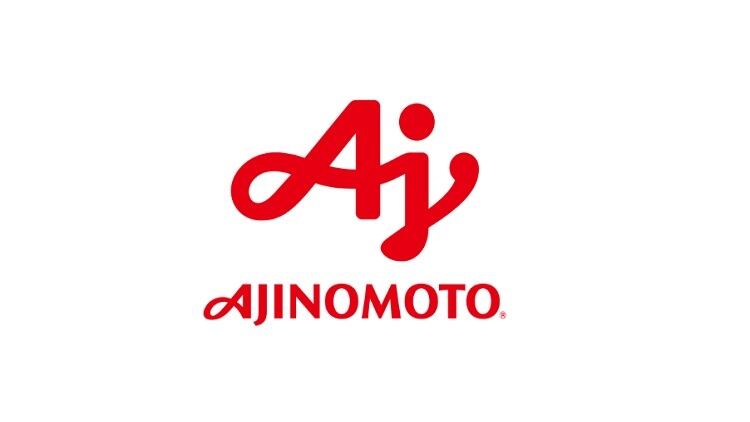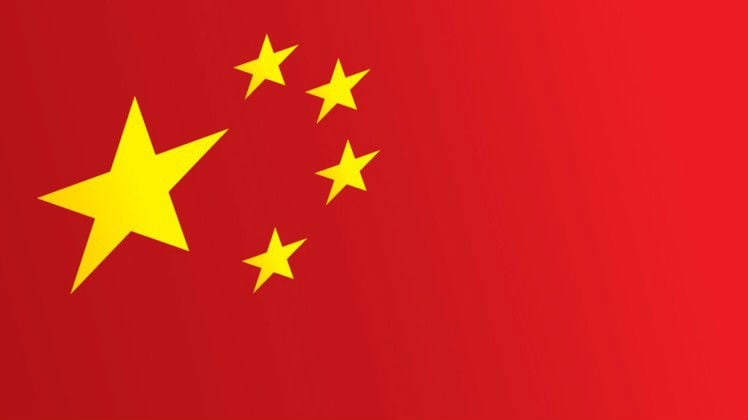The council bought 120 seasonings from the supermarkets, shopping malls, e-commerce sites, and farmer markets from Nanjing, Xuzhou, Yangzhou, and Suzhou.
According to the results released last month, one of the key problems detected was the manufacturers’ failure to produce fermented soy sauce that contains sufficient amounts of amino acid nitrogen and nitrogen.
According to national standards, the more premium a product, the higher the amount of nitrogen and amino acid nitrogen it should contain.
Depending on the product grade, liquid fermented soy sauce should contain at least 0.70g/100ml – 1.50g/100ml of nitrogen and at least 0.40g/100ml – 0.80g/100ml of amino acid nitrogen.
On the other hand, fermented soy sauce with higher viscosity should contain at least 0.80g/100ml - 1.60g/ml of nitrogen and at least 0.40g/100ml – 0.80g/100ml of amino acid nitrogen.
However, a batch of “Xie Yuan” soy sauce (3rd grade) manufactured by Hua Mei Seasonings in Oct 2016 had failed to meet the standards.
It contained only 0.01g/100ml of amino acid nitrogen and 0.07/100ml of nitrogen, which are way below national standards.
“It cannot even be called a soy sauce, yet, it was labelled as ‘fermented soy sauce,” the council said in its findings.
A similar problem also surfaced in a batch of braised soy sauce produced by Teng Zhou Hua Feng Xiu Se Condiment in March last year.
Almost no amino acid nitrogen was detected and only 0.19g/100ml of nitrogen was detected.
A lack of raw ingredients, problems with fermentation process, and lapses in quality check were possible reasons for failure to meet production standards, Chen Shang Wu, professor at China Agricultural University’s College of Food Science and Nutritional Engineering told local media 21 Jing Ji.
“However, so long as there is no problem with the fermentation process, there should be no problem with the levels of amino acid nitrogen in general circumstances,” he said.
China will be implementing a new set of soy sauce production standards in December next year.
According to new standards, products will only be recognised as soy sauce when they are produced via traditional fermentation techniques. Those which are produced via blending or mixing will only be categorised as complex seasonings.
Nutritional value
A disparity between labelled and actual nutritional value was also detected in 23 samples.
For instance, a soy sauce from Lee Kum Kee was found to contain 8,748.75mg/100ml of sodium when the amount was stated as 7,536mg/100ml in the product labelling.
On the other hand, a soy sauce from Japanese brand Fundodai contained only 2.8g/100g of carbohydrates, which is three times lower than the value stated.
Lee Kum Kee: “Council is irresponsible”
In response to the findings, Lee Kum Kee said that it had immediately requested the consumer council to conduct a second round of testing after it had received the results in September last year. The council had however turned down the request.
“Lee Kum Kee hopes to bring back some samples (from the consumer council) for another round of internal testing in the company, but was not granted permission,”the firm said in a statement.
“In 26 Sep 2017, Lee Kum Kee sent samples from the same production batch to the Inspection Technical Centre of Zhuhai Entry-Exit Inspection and Quarantine Bureau for testing. Results showed that the amount of sodium was within acceptable range. Lee Kum Kee informed Jiangsu Consumer Council this information and hope to conduct another round of testing, but was not granted permission.”
It described the consumer council as“irresponsible to consumers”, since it had released the results more than a year after the test was completed.
It added that the council had “caused hurt to the industry”, as it was impossible to conduct further testing, since the samples tested were already expired.
Foreign brands
Aside from local products, imported soy sauce, such as Kikkoman from Japan andKwong Cheong Thye from Singapore, were found to have breached production standards as well.
For instance, a batch of chicken rice soy sauce produced by Singapore’s Kwong Cheong Thye in August 2016 contained significantly low levels of amino acid nitrogen and nitrogen.
The product labelling also did not state the name, address, and contacts of the distributors as required by the Chinese authorities.
Imported goods are overrated?
The council observed that imported soy sauce are generally more expensive than those produced in China.
Seven out of the 10 most expensive seasonings are imported products.
Even if the soy sauce are of the same grade and show no significant differences in the amount of nitrogen and amino acid nitrogen, imported products can be 10 to 138 times more expensive than local products.
For instance, the council found that a particular imported black soy sauce can cost up to RMB$727.27/500ml, while that of a local product only cost RMB$5.24/500ml.
“The price of imported soy sauce are exceptionally high, many 2nd and 3rd grade imported soy sauce are even more expensive than premium grade soy sauce that are locally produced. The quality of imported soy sauce products do not match up to their price,” the council said.
The council added that out of the 120 products sampled, 99.2% of them are no longer purely made from traditional processes. Some compounds were artificially added during the later stages of the manufacturing process.





